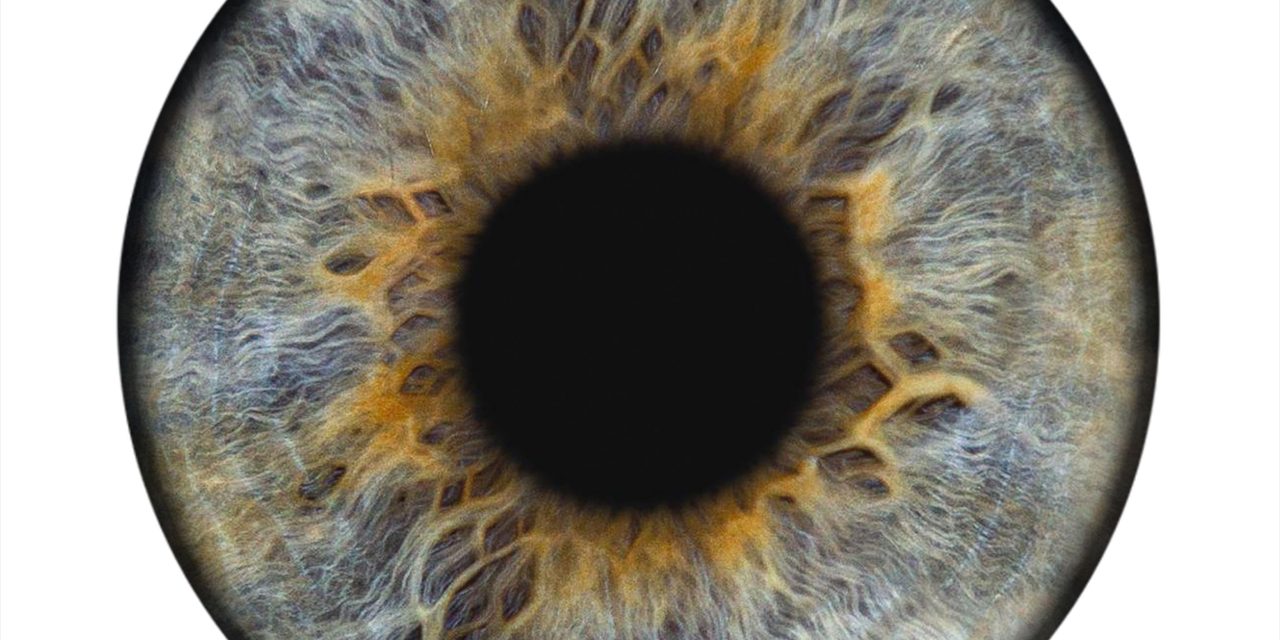This study analyzes diurnal IOP data (9AM, 12PM, 4PM) from a prospective 12-month trial of the OMNI Surgical System in open-angle glaucoma (OAG) patients with the aim of evaluating effect of MIGS surgery on the amplitude of the diurnal IOP profile pre- and postoperatively.
Fifteen ophthalmology practices and surgery centers located in 14 states in the United States.
Prospective, multicenter, IRB approved study. Patients treated with canaloplasty (360°) and trabeculotomy (180°). Patients had cataract and mild-moderate OAG with intraocular pressure (IOP) ≤33 mmHg on zero to four hypotensive medications.
Post-hoc analysis of diurnal IOP data from the multicenter GEMINI study. Analysis includes comparison of IOP preoperatively and at month 12 for each of the diurnal time points, 9AM, 12PM, 4PM, change in magnitude of spread between the maximum IOP and minimum IOP for each patient and the proportions of patients preoperatively and at month 12 with IOPs at or below 25, 21, 18, and 15 mmHg, average variability (standard deviation of the 9AM, 12PM, and 4PM IOP) preoperatively and at month 12.
A total of 128 patients included in this analysis. IOP at each diurnal timepoint was significantly lower postoperatively (p<0.0001). The difference between highest and lowest IOP measurement for each patient averaged 2.8 mmHg preoperatively (SD 2.4, MAX 14, MIN 0) and 1.8 mmHg (SD 1.7, MAX 10, MIN 0) month 12 (P<0.00001). The proportion with IOP ≤ to 25, 21, 18, and 15 mmHg increased; 75%-97%, 27%-88%, 1%-79%, and <1%-56%, respectively. The average variability was greater at all time points preoperatively (P<0.0001).
This study demonstrates that eyes with OAG can benefit from an overall decreased IOP and degree of IOP fluctuations for as long as 12 months after surgical treatment with canaloplasty and trabeculotomy.
© 2021 Pyfer et al.
Suppression of Diurnal (9AM-4PM) IOP Fluctuations with Minimally Invasive Glaucoma Surgery: An Analysis of Data from the Prospective, Multicenter, Single-Arm GEMINI Study.


